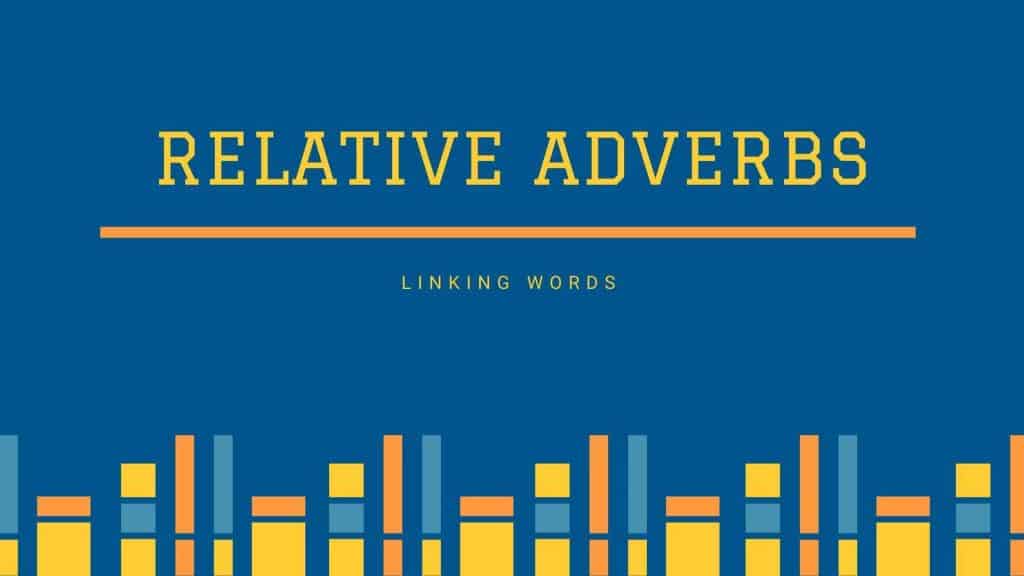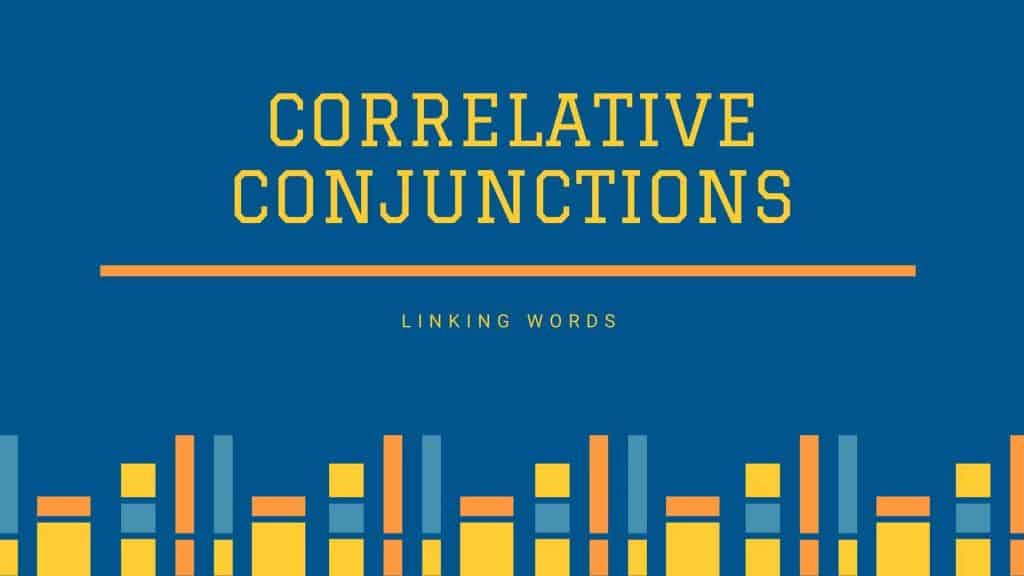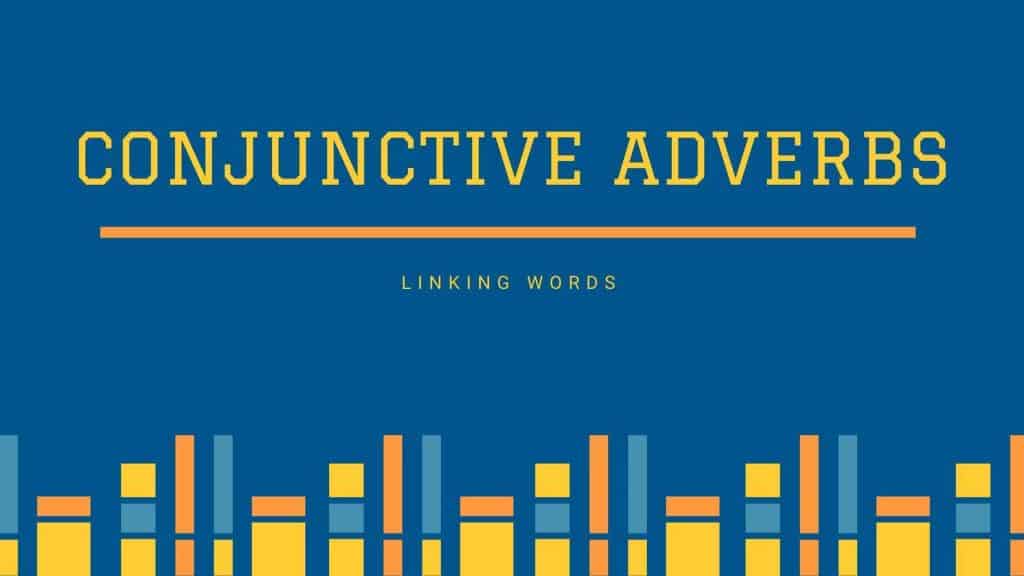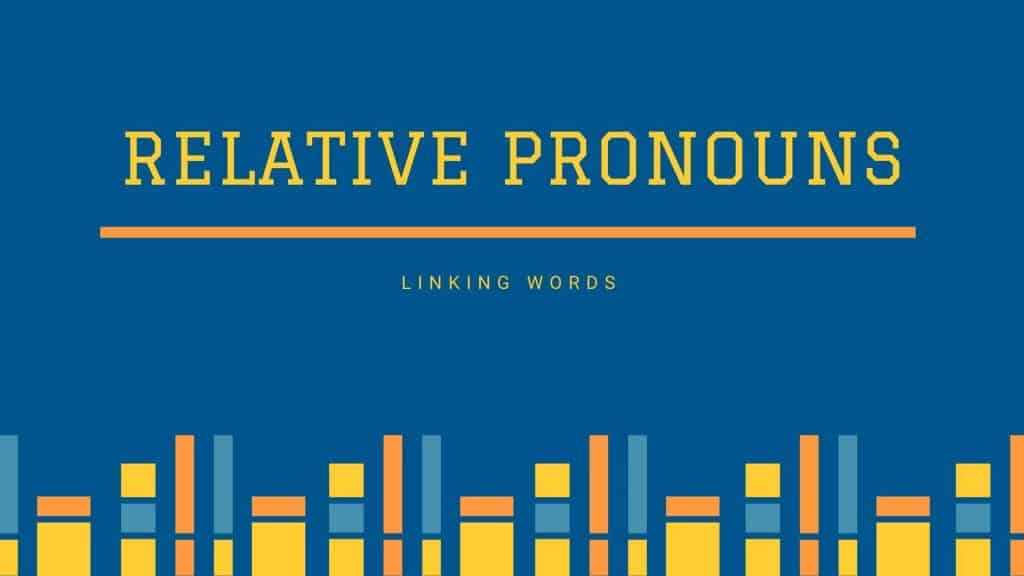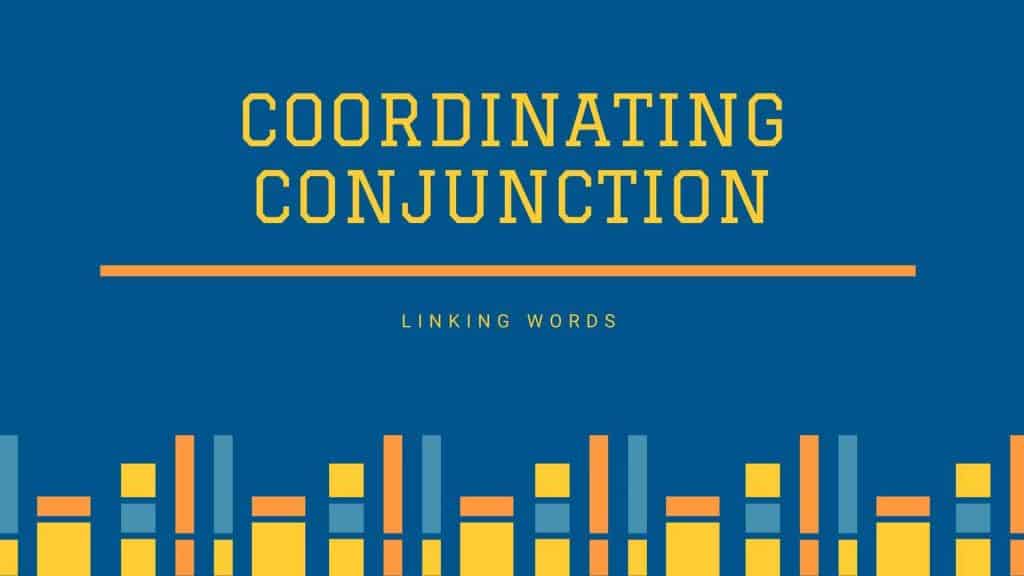Relative Adverbs
What are Relative Adverbs? Relative adverbs are adverbs that are used to introduce relative clause, also called adjective clause. A relative pronoun is also used to introduce relative clause, but relative pronoun is used to give information about a person or a thing whereas relative adverb is used to give information regarding place, time or […]

